Palma de Mallorca: Your Ultimate City Guide
- Biel Pitman
- Jul 2
- 7 min read
If you're planning a trip to Palma de Mallorca, you're in for such a treat! This isn't just another pretty coastal city; it's a place where over 2,000 years of fascinating history come alive in every cobblestone street and golden building facade. Which is why we love to share what makes this Mediterranean capital so special, because once you understand Palma's incredible story, every corner becomes infinitely more magical.
A city built on layers of history
Picture this: you're walking through Palma's narrow streets, and beneath your feet lie Roman foundations, around you rise walls planned by Islamic architects over a millennium ago, and above you soars a Gothic cathedral that took 400 years to complete. Palma is a living museum where civilizations have layered their stories one on top of another.
The Romans started it all in 123 BC, calling their settlement "Palmaria" after conquering the island from the legendary Balearic slingers. But the real transformation came during the Islamic period (902-1229 AD), when Palma became "Medina Mayurqa" a cosmopolitan metropolis of 35,000 people that rivaled Barcelona or London at the time. Those brilliant Islamic urban planners laid out the narrow, winding streets you'll stroll today, cleverly oriented to catch Mediterranean breezes and create cooling shadows.
Then, in 1229, everything changed when King James I of Aragon conquered the city, immediately ordering construction of the magnificent Gothic cathedral right on top of the great mosque. Which wasn't just a statement of conquest, but rather an architectural conversation between cultures that continues to fascinate visitors today.
The heart of Palma: Cathedral and Old Town magic
Start your Palma adventure at La Seu Cathedral; no photo does justice to this Gothic masterpiece. Which isn't just Europe's third-largest Gothic cathedral, but an architectural wonder with the narrowest supporting pillars relative to vault size in the world. The mind-blowing part? Antoni Gaudí worked here from 1904-1914, adding his modernist touches to the Gothic interior, creating a unique fusion you won't find anywhere else.
Time your visit right, and on February 2nd or November 11th, you might witness "the Spectacle of the Eight", when the main rose window's reflection projects beneath the façade rose window, creating a perfect figure-eight pattern. It's architectural poetry that medieval builders calculated to align with the winter solstice.
Right next door, the Royal Palace of La Almudaina tells Palma's layered story perfectly. Originally a 10th-century Islamic fortress, it was transformed into a Gothic royal palace that still serves as an official Spanish royal residence. Walking through its courtyards, you're experiencing the transition from Islamic to Christian Mallorca.
The Casco Antiguo (Old Town) surrounding these monuments is one of Europe's largest historic districts, and getting delightfully lost here is practically mandatory. Follow the narrow cobblestone streets that radiate from the cathedral; these paths were laid out by Islamic urban planners over 1,000 years ago! The honey-colored stone buildings with their green shutters and wrought-iron balconies create an utterly romantic atmosphere, especially when that golden Mediterranean light hits the facades in late afternoon.
Neighborhoods with soul: Where Palma really lives
Here's where Palma gets exciting, each neighborhood has its own distinct personality, and you'll want to experience them all. Moors, Jews, and Crusading Christians have all left their mark on Palma's Old Town. In addition to the striking La Seu Cathedral and Royal Palace of La Almudaina, there's the ancient Convent of Santa Clara and Arab Baths. Along cobblestone alleys, peaceful patios belonging to former nobility can be spied through arched gates. The tree-lined Paseo Borne is Palma's most visited avenue. It's the prestigious setting to shop numerous luxury brands and leads to the bustling Avenida Jaime III high street. Casal Solleric, Museu Palau March, and the art galleries along Calle Sant Feliu are some of the cultural attractions in the area. It's also known for its atmospheric cafés.
La Lonja is where medieval grandeur meets modern sophistication. The centerpiece is the stunning Gothic La Lonja building from 1426, designed by master architect Guillem Sagrera. Step inside and you'll gasp, the interior columns spiral upward like stone palm trees, creating what locals call a "Gothic forest." By day, this area showcases art galleries and the magnificent architecture. By night, it transforms into Palma's premier nightlife district, with Apuntadores Street becoming the main artery of sophisticated fine dining and evening entertainment.
The Old Town's various quarters each offer their own treasures.
The Calatrava district around the cathedral features 12th-19th-century mansions and palaces, while the narrow medieval streets of Dalt Murada hide beautiful courtyards and traditional patios behind their ancient walls.
Santa Catalina is Palma's bohemian heart, and we love this former fishing village turned creative quarter. The Mercat de Santa Catalina, built in 1920, is the neighborhood's social center where locals have gathered for over a century. Wander the stalls filled with gorgeous fresh fish, local produce, and artisanal products, then explore the surrounding streets filled with art galleries and independent boutiques. Don't miss the three preserved windmills at Es Jonquet, they've been grinding flour here since the 16th century.
Cultural treasures beyond the obvious
Palma's cultural scene extends far beyond its historic monuments, and art lovers will be in heaven here. Es Baluard Museum brilliantly showcases how old and new can work together, it's built within the 16th-century fortress walls but houses cutting-edge contemporary art from local Balearic artists all the way to Picasso and several other world-class artists. The terrace offers stunning harbor views that make it worth visiting even if modern art isn't your thing.
For something truly special, visit the Fundació Pilar i Joan Miró, where the famous artist lived from 1956 until his passing in 1983. His actual working studio has been preserved exactly as he left it, you can see his brushes, unfinished canvases, and the Mediterranean light that inspired his later works. It's incredibly moving to experience the creative space of such an important artist.
Don't overlook the Arab Baths (Banys Àrabs), they're virtually the only surviving architectural remnant from the Islamic Medina Mayurqa. These 10th-12th century baths, with their horseshoe arches and domed chambers, offer a peaceful moment to connect with Palma's Islamic heritage, especially when you're relaxing in the beautiful garden setting with palms and orange trees.
Plazas, streets, and the rhythm of local life
Palma's public spaces are where you'll feel the city's Mediterranean rhythm. Plaza de Cort is the true civic heart, featuring the baroque Town Hall and the famous 600-year-old olive tree transplanted from Pollença. This is Kilometer 0 for the island's roads and a perfect spot for people-watching over coffee.
Plaza Mayor, with its characteristic ochre buildings and green shutters, hosts wonderful craft markets and provides that quintessential Spanish plaza experience. The underground shopping area offers refuge on hot days, while the outdoor terraces are perfect for soaking up the atmosphere.
For the ultimate Palma shopping and strolling experience, head to Passeig des Born, the city's elegant tree-lined promenade connecting Plaza Mayor to the cathedral area. This is where locals come for their evening paseo, that wonderful Spanish tradition of leisurely walks before dinner (with a stop or two for an aperitivo). The Jaime III extension continues the shopping experience with both international brands and local boutiques.
The markets deserve special mention because they're such an integral part of daily life here. Mercat de l'Olivar is the largest, offering not just incredible fresh produce but also bars and restaurants where locals gather. It's a perfect place to experience authentic Palma life while picking up picnic supplies or local specialties.
Beyond the city center: Views and coastal magic
Bellver Castle is unmissable, and not just because it's Spain's only circular Gothic castle (and the backdrop of choice by luxury brands such as Louis Vuitton's or the summer classical music festival). The 20-minute uphill walk or quick bus ride rewards you with 360-degree views that will take your breath away. Built between 1300-1314, this unique fortress offers panoramic vistas of Palma Bay, the city spreading below, and the dramatic Serra de Tramuntana mountains in the distance. The castle itself houses the City History Museum, but honestly, most people come for those incredible views and Instagram-worthy photos.
The waterfront areas deserve significant time in your itinerary. The Paseo Marítimo has undergone major renovations and now offers a 4-kilometer palm-lined promenade perfect for walking, running, or just enjoying the sea breeze. The Parc de la Mar, with its artificial lake reflecting the cathedral, provides some of the most romantic sunset views in the city, it also hosts "Nits a la Fresca" where a floating platform with a mssive movie screen is installed for free movie nights under the stars, or other festivals such as the Mallorcan Wine Tasting in early spring or the Christmas Market in Winter.
Portixol and El Molinar are former fishing villages that have evolved into charming waterfront neighborhoods. The harbor promenades here offer a more intimate, local feel compared to the main city beaches, and they're perfect for experiencing that authentic Mediterranean coastal lifestyle.
When to visit and getting around like a local
Here's some insider knowledge: spring (April-June) and autumn (September-October) are absolutely perfect for visiting Palma. Temperatures hover around 20-25°C (68-77 °F), crowds are manageable, and you'll get better rates on everything. Summer is spectacular but extremely busy and significantly hotter, book everything well in advance if you're visiting July-August.
Winter in Palma is actually delightful for city exploration. While coastal resorts quiet down, Palma remains vibrant with mild temperatures 10-18°C (50-64 °F), perfect for museum visits, shopping, and enjoying the city's excellent dining scene without the summer crowds.
Transportation is incredibly visitor-friendly. City buses cost just €2 without a resident card, and the system connects all major attractions. Most of the historic center is easily walkable, and the distances between neighborhoods are perfect for exploring on foot.
The newly renovated airport (currently under expansion and likely your port of entry) is just 10 minutes from the city center via the €5 A1 bus, making arrival and departure hassle-free. Also, right across Plaza de España, you can either take buses or trains to all major points in the island at the underground station of "Parc de ses Estacions" or, right next to it, get the wooden train to Soller for a much more scenic route to the Tramuntana Mountains.







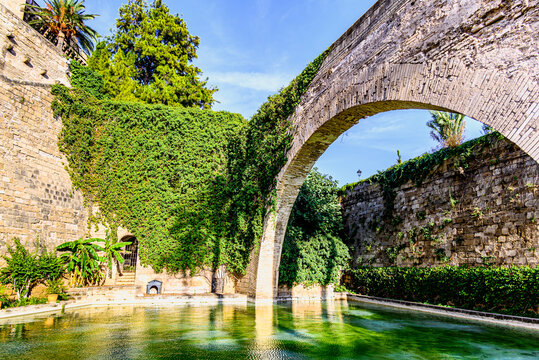





















































































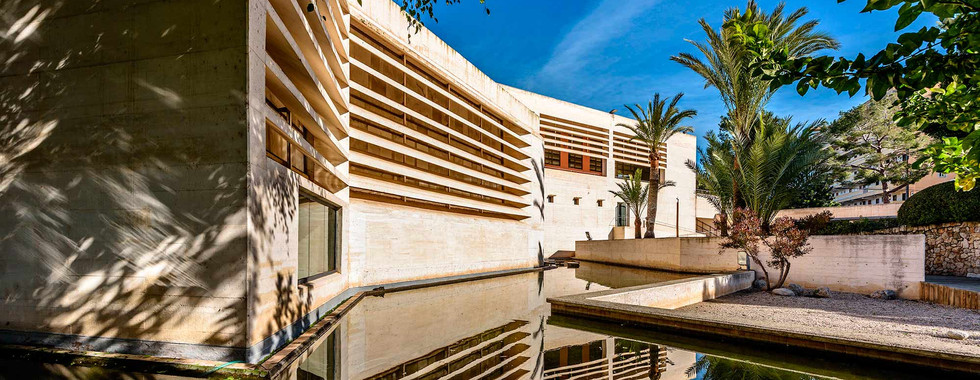

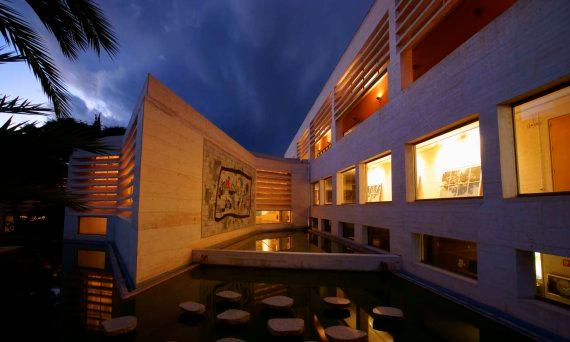

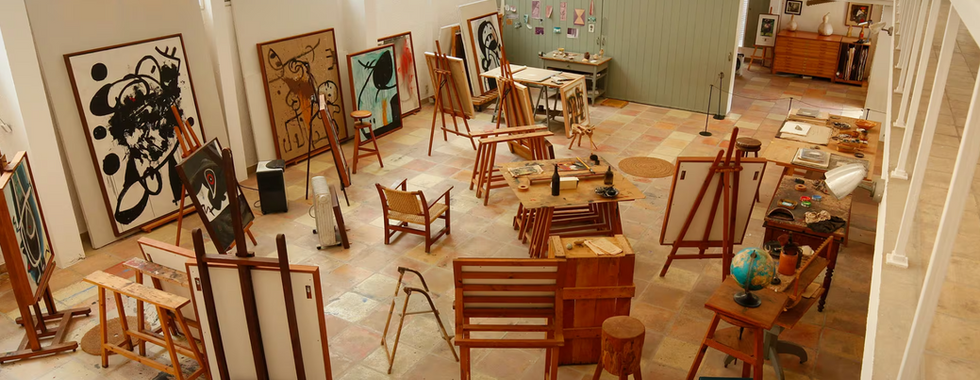
































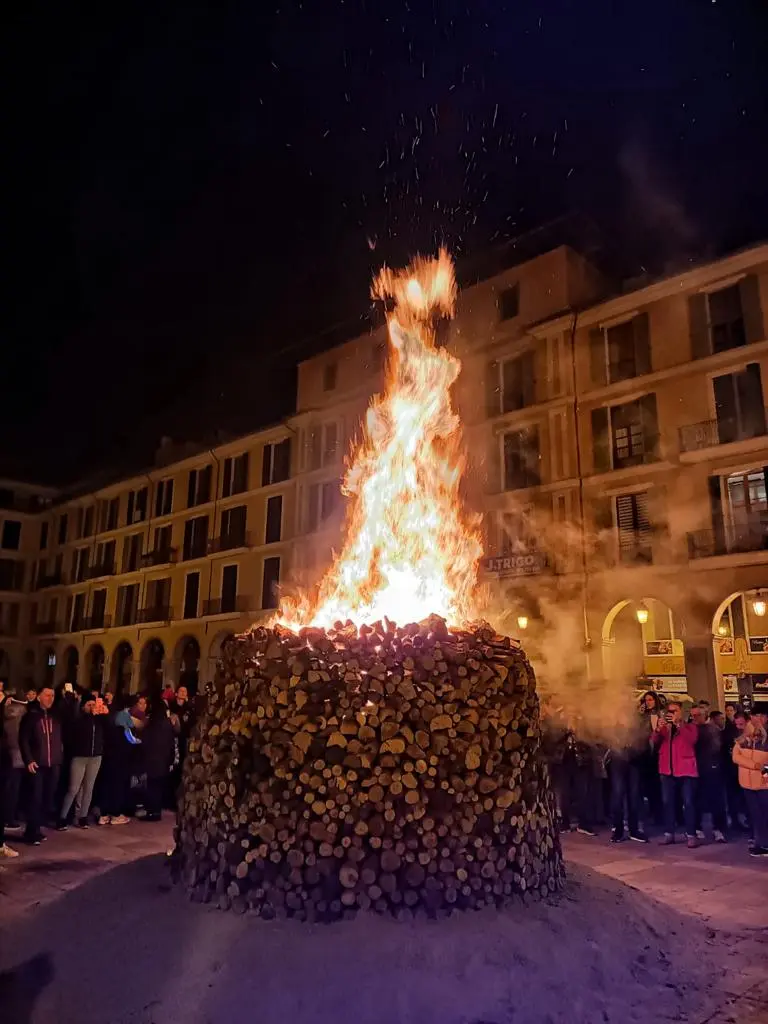


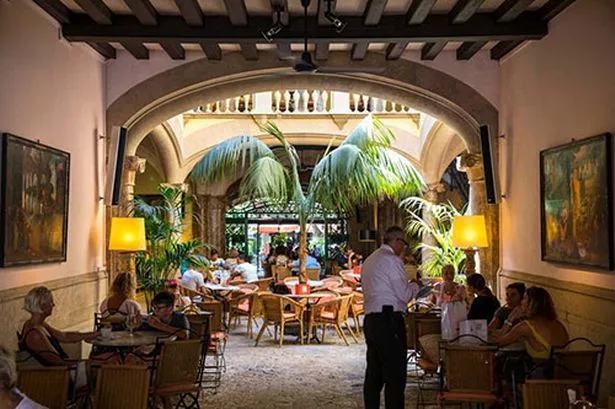









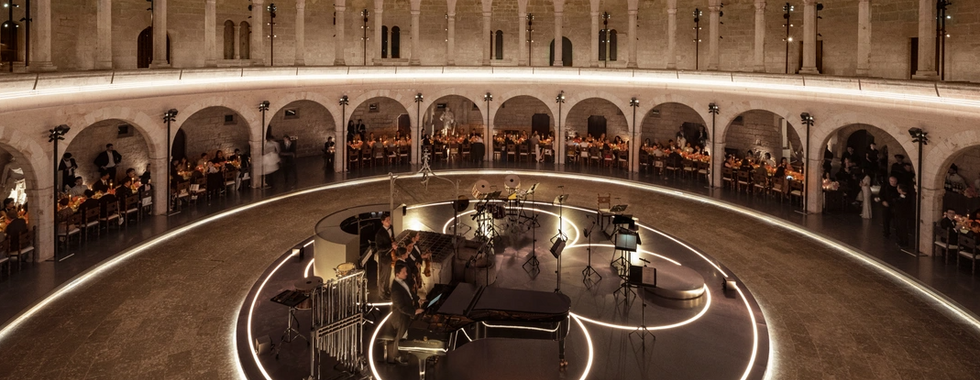


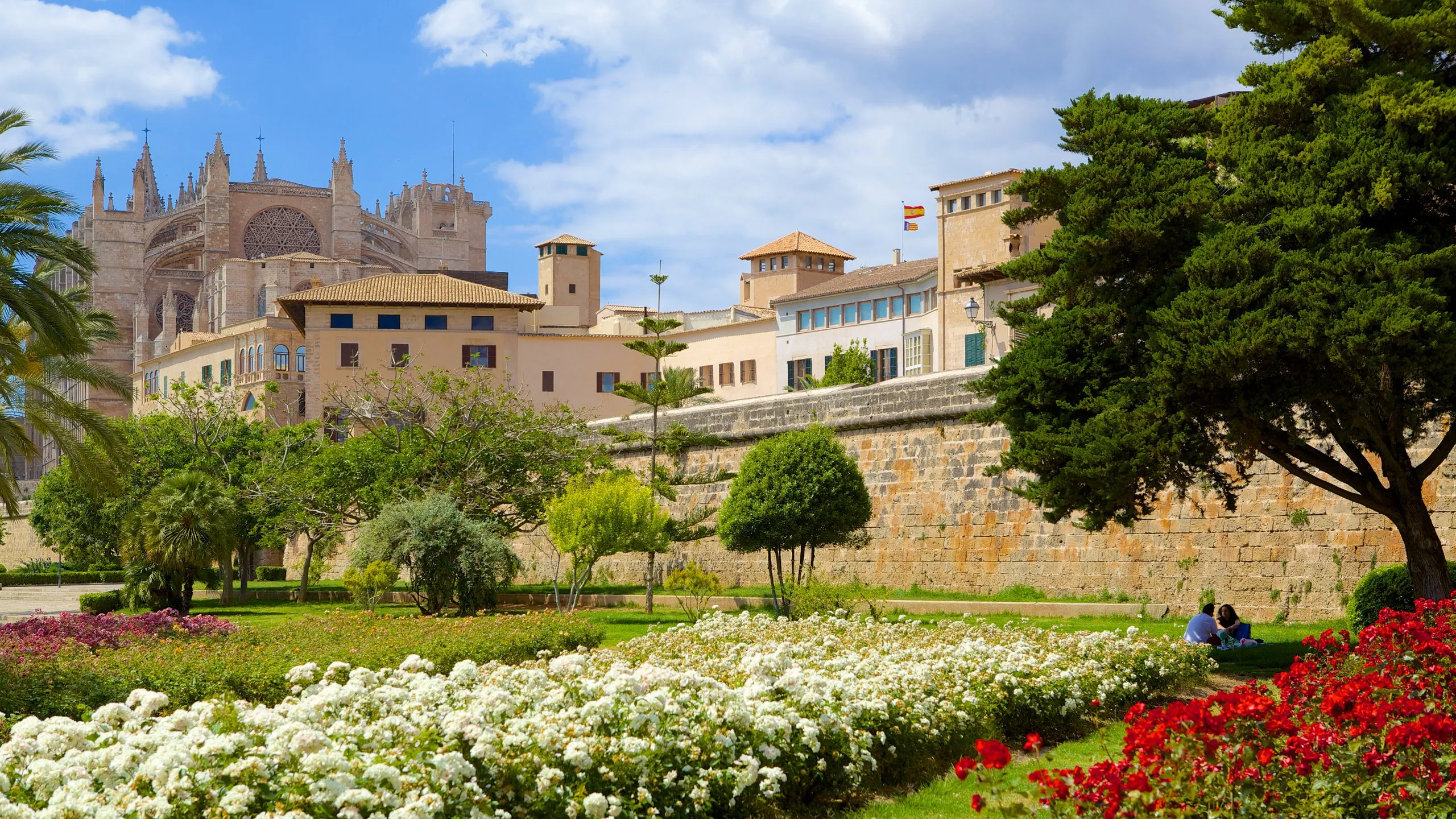



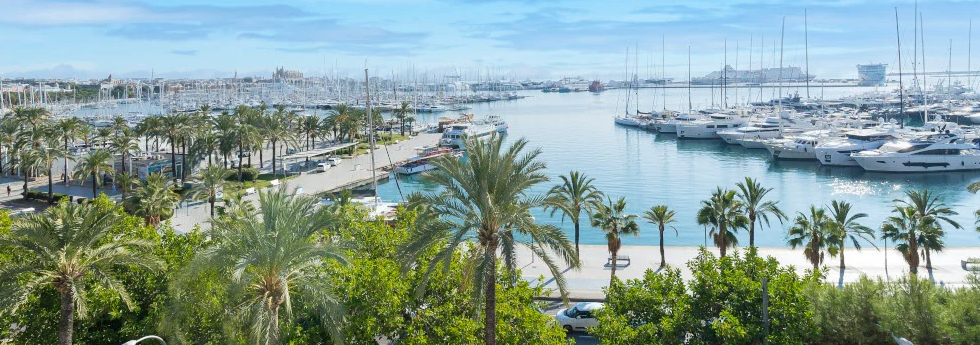

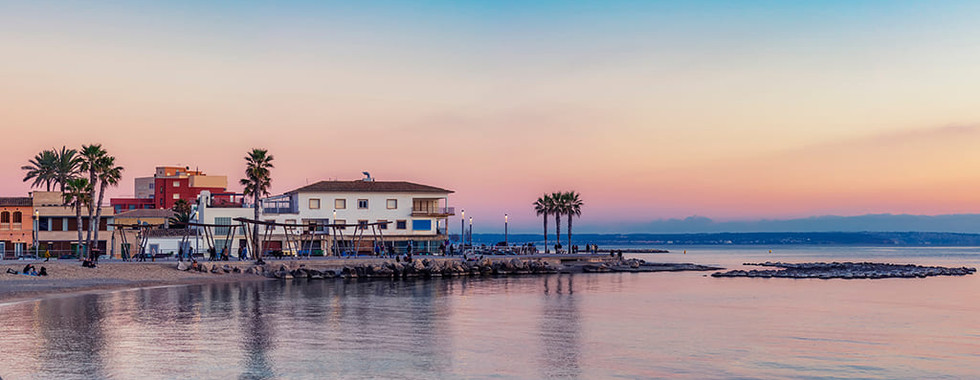







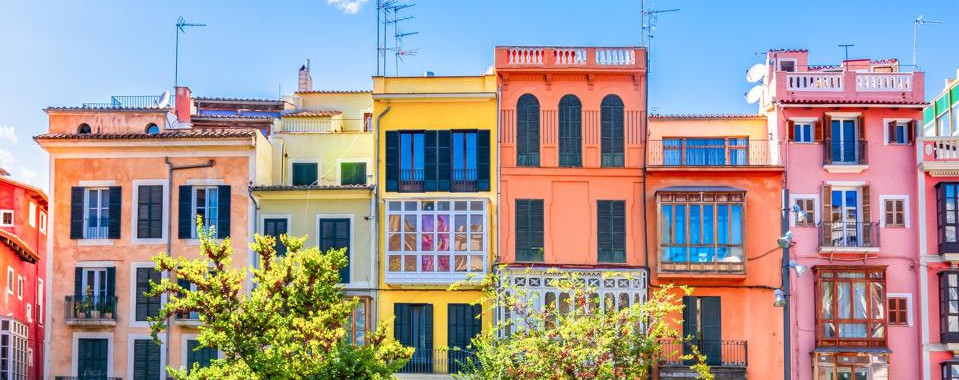

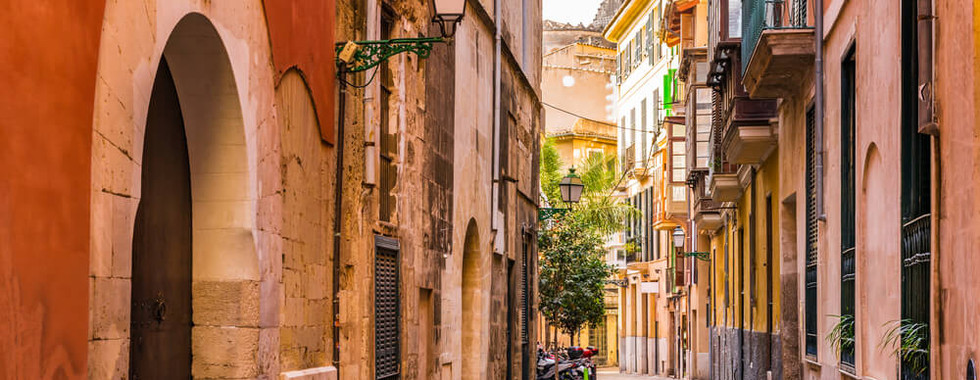

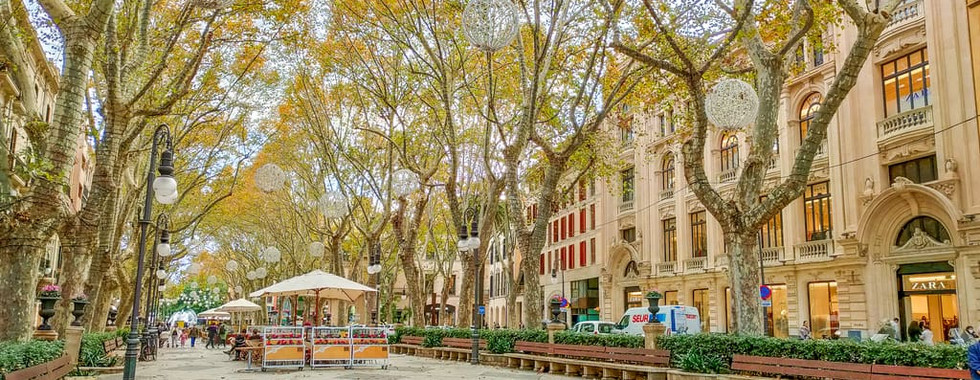










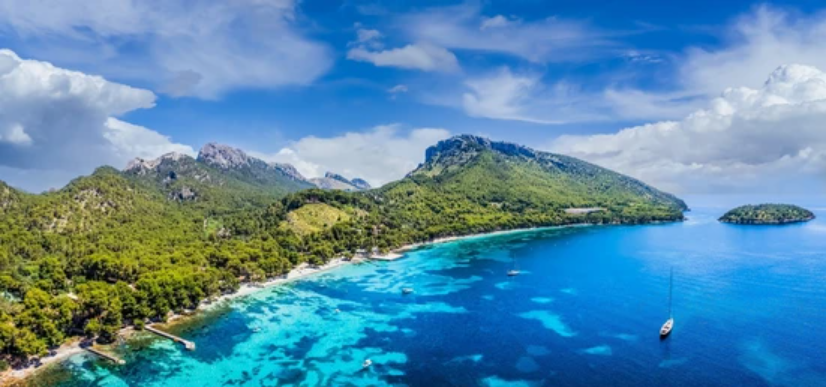
Comments